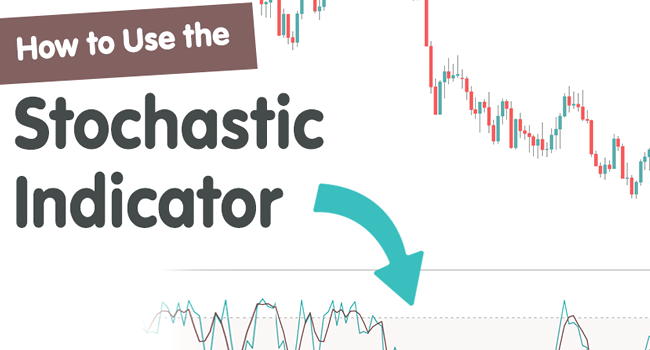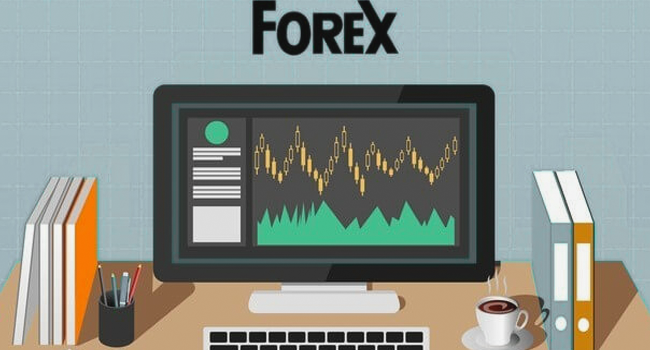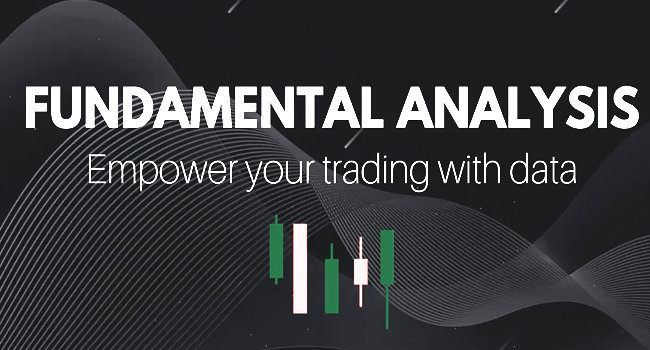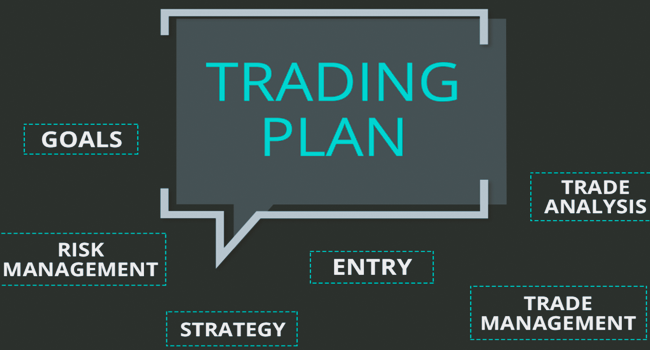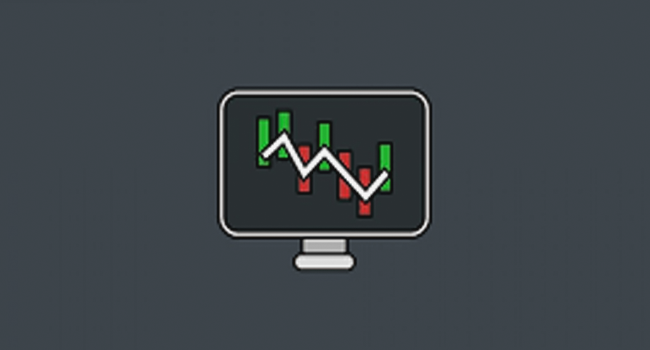Introduction
The Stochastic Oscillator is a popular and effective technical indicator widely used by Forex traders to measure momentum, identify overbought and oversold conditions, and spot potential trend reversals. Developed by George C. Lane in the late 1950s, the Stochastic Oscillator provides valuable insights into market dynamics, making it a valuable tool for traders seeking to make informed trading decisions. In this blog, we will explore the concept of the Stochastic Oscillator, how it is calculated, its interpretation, and various strategies for utilizing it in Forex trading.
Understanding the Stochastic Oscillator
It oscillates between 0 and 100, and it is typically displayed as two lines: %K and %D.
a. %K Line
The %K line represents the current closing price’s position relative to the high-low range over a specified period. It measures the asset’s momentum and is calculated as follows:
%K = [(Current Close – Lowest Low) / (Highest High – Lowest Low)] 100
b. %D Line
The %D line is a smoothed version of the %K line and is often referred to as the signal line. It is calculated by applying a moving average to the %K line. The most common moving average period used for %D is 3.
Interpretation of the Stochastic Oscillator
The Stochastic Oscillator provides valuable information about market conditions and potential trading opportunities:
a. Overbought and Oversold Conditions
When the %K line rises above 80, it suggests that the asset may be overbought, indicating a potential pullback or correction. Conversely, when the %K line falls below 20, it suggests that the asset may be oversold, indicating a potential bounce or rally.
b. Bullish and Bearish Divergence
Stochastic divergence occurs when the price and the Stochastic Oscillator move in opposite directions. This suggests that momentum is shifting upwards, and a bullish reversal may be imminent.
c. Centerline Crossover
The centerline crossover occurs when the %K line crosses above or below the %D line. A move from below the %D line to above it suggests a shift from bearish to bullish momentum,
Calculating the Stochastic Oscillator
The Stochastic Oscillator is calculated in several steps:
a. Identify the Highest High and Lowest Low
The highest high is the highest price observed over the specified period, while the lowest low is the lowest price observed over the same period.
b. Calculate %K
Using the formula mentioned earlier, calculate the %K line based on the current closing price, highest high, and lowest low.
c. Calculate %D
Apply a moving average to the %K line to calculate the %D line. The most common moving average period used for %D is 3.
Stochastic Oscillator Trading Strategies
Traders can incorporate the Stochastic Oscillator into their Forex trading strategies in several ways:
a. Overbought and Oversold Strategy
The overbought and oversold strategy involves using the Stochastic Oscillator to identify potential entry and exit points. When the %K line crosses below 20 and enters oversold territory, traders may consider buying or going long on the asset. When the %K line crosses above 80 and enters overbought territory, traders may consider selling or shorting the asset.
b. Divergence Strategy
The divergence strategy focuses on identifying bullish or bearish divergence between the price and the Stochastic Oscillator. When bullish divergence occurs, traders may consider entering long positions, anticipating a potential trend reversal to the upside. Conversely, when bearish divergence occurs, traders may consider entering short positions, anticipating a potential trend reversal to the downside.
c. Centerline Crossover Strategy
The centerline crossover strategy involves monitoring the %K and %D lines’ interactions with the centerline (50). A crossover from below 50 to above 50 suggests a shift from bearish to bullish momentum and may signal a potential buying opportunity. Conversely, a crossover from above 50 to below 50 suggests a shift from bullish to bearish momentum and may signal a potential selling opportunity.
Combining Stochastic Oscillator with Other Indicators
To enhance the effectiveness of the Stochastic Oscillator, traders often combine it with other technical indicators:
a. Moving Averages
Combining the Stochastic Oscillator with moving averages can provide additional confirmation for trend changes and potential entry and exit points.
b. Bollinger Bands
Using Bollinger Bands in conjunction with the Stochastic Oscillator can help identify potential breakouts and reversals when the price interacts with the bands.
c. MACD (Moving Average Convergence Divergence)
The MACD can confirm Stochastic Oscillator signals and provide additional insights into market momentum and trend direction.
Stochastic Oscillator for Risk Management
The Stochastic Oscillator can also be used for risk management purposes. Traders can use overbought and oversold levels as a guide for setting stop-loss orders. For example, in a long position, a trader may set a stop-loss below a certain %K level to protect against potential losses if the %K falls below the threshold, indicating a potential trend reversal.
Stochastic Oscillator Limitations
While the Stochastic Oscillator is a valuable tool for traders, it has some limitations that traders should be aware of:
a. False Signals in Choppy Markets
In choppy or sideways markets, the Stochastic Oscillator can produce false signals, leading to potential losses if traders act on these signals without additional confirmation from other indicators or forms of analysis.
b. Lagging Indicator
Like many technical indicators, the Stochastic Oscillator is based on past price data and is considered a lagging indicator. As such, it may not always provide real-time signals for rapidly changing market conditions.
c. Not Suitable for All Market Conditions
The Stochastic Oscillator may not work equally well in all market conditions. It is most effective in trending markets with clear price movements. In range-bound or low-volatility markets, the Stochastic Oscillator may generate less reliable signals.
Conclusion
The Stochastic Oscillator is a powerful and versatile tool in Forex trading that provides valuable insights into market momentum, overbought and oversold conditions, and potential trend reversals. By calculating the relationship between an asset’s closing price and its price range over a specified period, the Stochastic Oscillator empowers traders to make well-informed trading decisions.
Traders can implement various Stochastic Oscillator strategies, such as identifying overbought and oversold conditions, recognizing bullish and bearish divergences, and utilizing centerline crossovers. Combining the Stochastic Oscillator with other technical indicators and tools can further enhance its effectiveness and provide additional confirmation for trading signals.
However, traders should exercise caution and use the Stochastic Oscillator in conjunction with other forms of analysis. By understanding its limitations and adapting strategies to different market conditions, traders can maximize the Stochastic Oscillator’s potential and navigate the Forex market with greater confidence and precision.
FAQs
1. What is the recommended period setting for the Stochastic Oscillator?
The most common period setting for the Stochastic Oscillator is 14, as suggested by its creator, George C. Lane. However, traders can adjust the period based on their trading style and preferences. Shorter periods, such as 9 or 10, can provide more sensitive and responsive signals, while longer periods, such as 20 or 21, may offer smoother and more stable signals.
2. Can the Stochastic Oscillator be used in combination with other technical indicators?
Yes, traders often combine the Stochastic Oscillator with other technical indicators to confirm signals and enhance their analysis. Popular combinations include using moving averages, MACD (Moving Average Convergence Divergence), and Bollinger Bands in conjunction with the Stochastic Oscillator.
3. Is the Stochastic Oscillator suitable for all types of financial assets?
While the Stochastic Oscillator is widely used across various financial markets, its effectiveness may vary for different assets. It is best suited for assets with clear trends and regular price movements. For assets with low liquidity or erratic price behavior, traders may need to consider alternative indicators or strategies.
4. Can the Stochastic Oscillator be used for day trading?
Yes, the Stochastic Oscillator can be effectively used for day trading. Day traders often use shorter Stochastic Oscillator periods to capture intraday price movements and identify potential entry and exit points.
5. Is the Stochastic Oscillator a leading or lagging indicator?
The Stochastic Oscillator is considered a leading indicator because it provides insights into potential trend reversals and overbought/oversold conditions before they become evident on the price chart.
